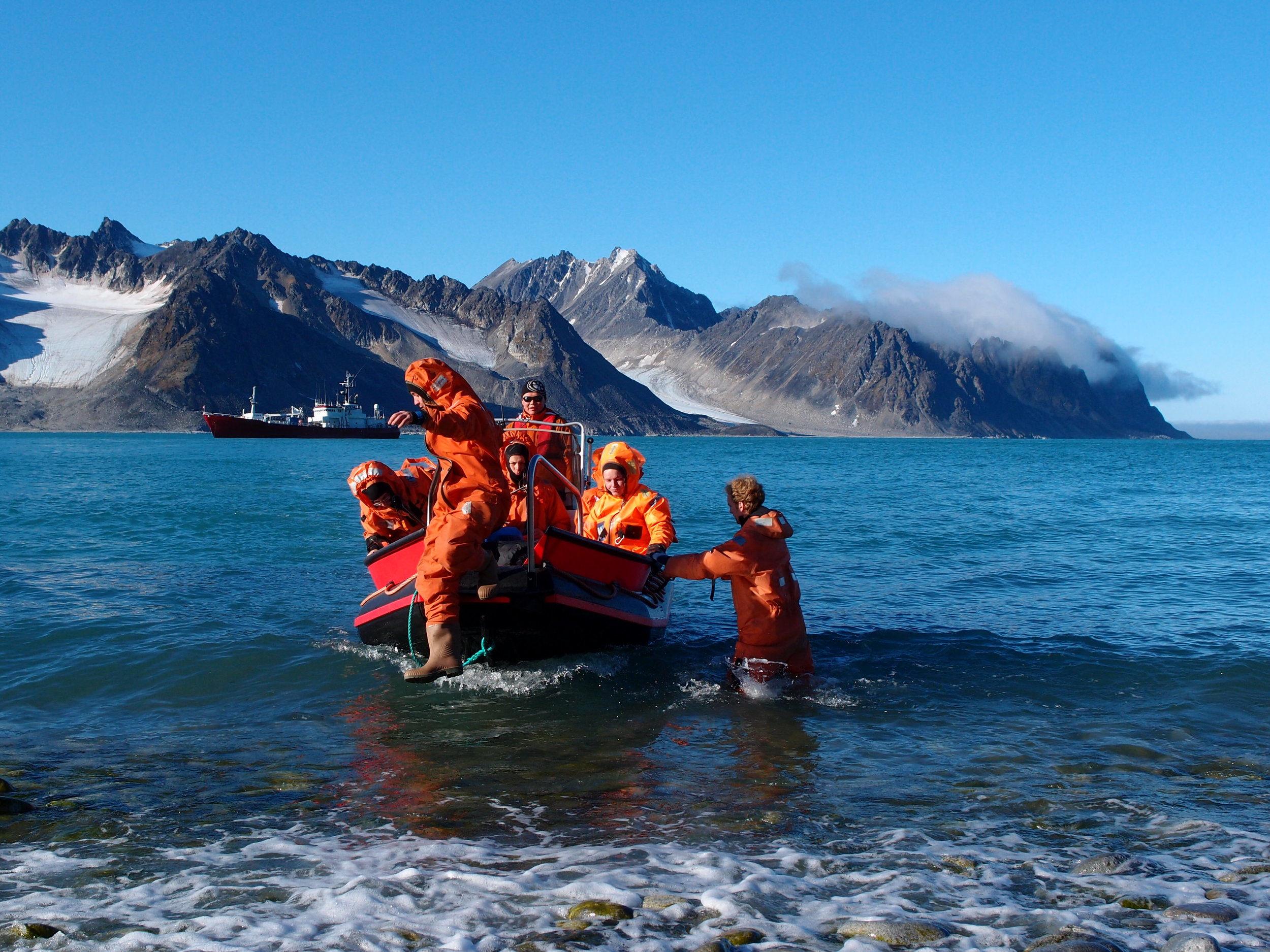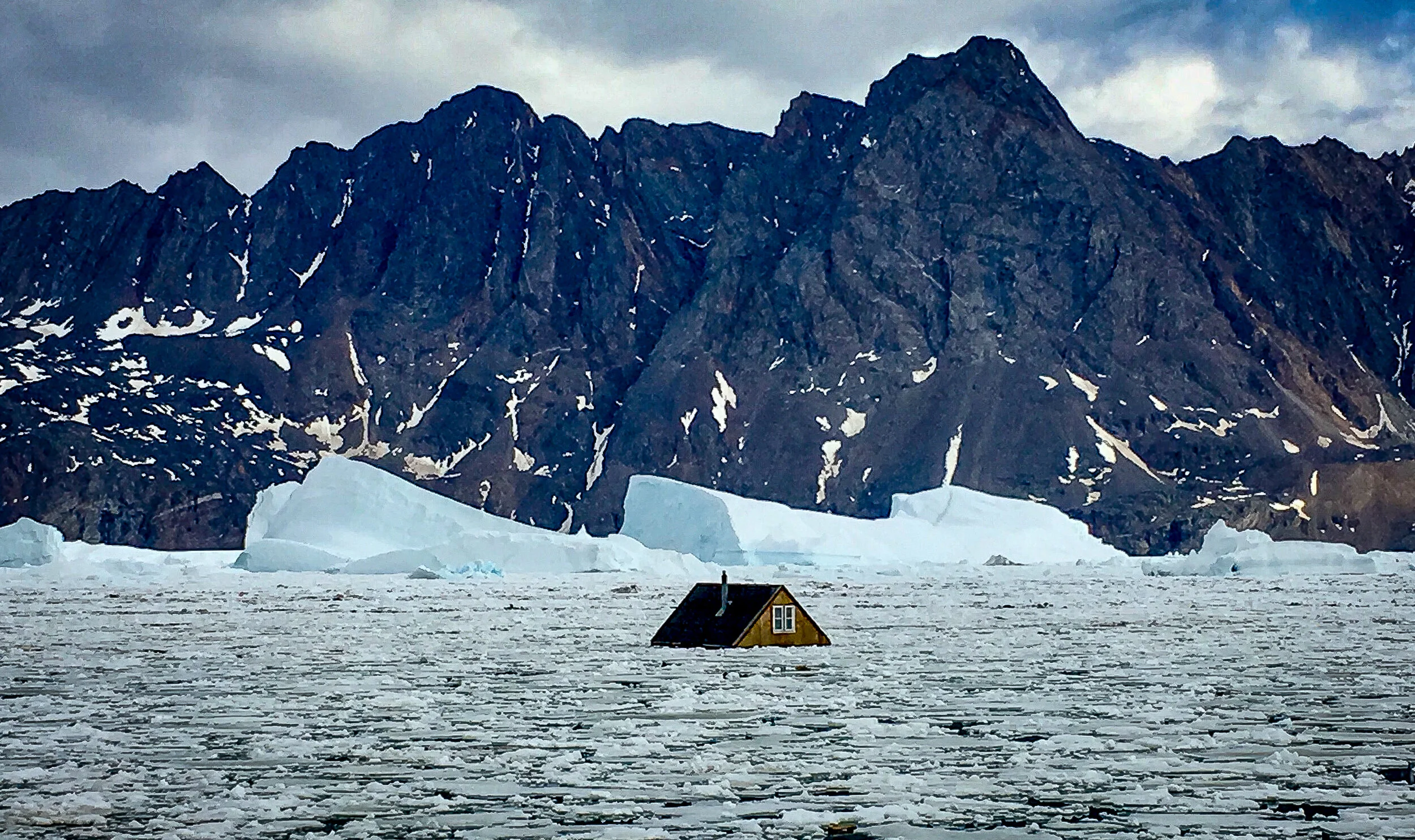Better Safe Than Sorry
SCIENCE
Writer: Eva Therese Jenssen
Photographs: Steve Coulson, Frede Lamo, Stefan Claes, Heïdi Sevestre
November 2017
University Centre in Svalbard
Safety is a prerequisite for the growth and welfare of the Arctic communities and for viable and sustainable commercial activities in the region. A new safety centre, located in the midst of the High Arctic, will focus on safety education for both industry and residents of Svalbard.
There is a saying in Svalbard: If you don’t know what you’re doing in Svalbard, Svalbard will kill you. This rather drastic statement is equally applicable for most of the High Arctic.
The natural environment in the High North is undergoing rapid change. At the same time, the interest in economic development in the region – and in having a national presence there – has never been greater. As a consequence, there is an acute need for increased competence and sharing of experience in how to operate in a safe and environmentally sustainable manner in the High Arctic.
The University Centre in Svalbard (UNIS) has drilled students and staff in safe arctic behaviour since 1993. Each year, several hundred students and staff must complete safety courses before they are permitted to go out on fieldwork in Svalbard. Now this accumulation of highly relevant knowledge will be shared with the world – in the new Arctic Safety Centre (ASC).
In 2015 UNIS, together with a host of partners (see fact box), received NOK 7 million from the Norwegian Ministry of Foreign Affairs to starting up the centre. The centre partners will also contribute NOK 7 million, so the total budget is NOK 14 million for the project period from 2016 until 2019.
The purpose is to contribute to making human activity in the High Arctic as safe and sustainable as possible.
A beautiful but harsh mistress
Conditions in the Arctic are different than on the mainland and many other places in the world. The greatest challenges are the harsh climate, little or no access to communication lines and – not least – the vast distances.
“Our ambition is that the centre shall share this knowledge through education, tailor-made courses, and guidance for students, industry and residents of Longyearbyen”, explains ASC project manager, Ann-Christin Auestad. “The concept is to utilise existing safety theory and tie it together with best practice routines, and events. All this will lead to better solutions and planning for people working under extreme arctic conditions.”
Every year, UNIS educates hundreds of students in Arctic safety. As part of the winter field safety course, students must swim through ice-filled water and manage to get back up onto the sea ice again. Photo: Frede Lamo / UNIS
UNIS students digging through an “avalanche” during the UNIS winter field safety course. Photo: Frede Lamo / UNIS
Best practice + natural sciences
The ASC will also integrate the natural sciences to improve field safety, using observations obtained through SIOS (Svalbard Integrated Observation System). As Auestad puts it: “We are looking at the safety principles in a different context. It’s not like we’re going to reinvent the wheel, but we want to incorporate best practice routines together with the arctic natural science disciplines.”
In concrete terms, the main goal of ASC is to establish a package of Master level courses in Arctic Safety for students specialising in social sciences, natural sciences and engineering. It will not be a full master programme, but the idea is that students already enrolled in master programmes can come to UNIS for a semester or year to specialise in Arctic Safety. These courses will then count towards their degree at their home university.
There is no such educational offer anywhere else: neither in Norway nor internationally, according to Auestad. “That is why we experience such a huge interest for this new centre, both nationally and internationally”.
The education part of the centre is not meant exclusively for students coming to Svalbard, but is also very much intended to include courses for the local populace, thus turning Longyearbyen into a “High Arctic safety awareness community”.
In November 2014, the biggest rescue exercise in Svalbard’s history was undertaken. The scenario was evacuation of passengers from a sinking cruise ship in Billefjorden. Experiences from this exercise will be among the knowledge incorporated in the new Arctic Safety Centre. Photo: Stefan Claes / UNIS
Among the international partners in the project is the International Network for Terrestrial Research and Monitoring in the Arctic, or INTERACT for short. An infrastructure project funded by the EU, INTERACT is a circumarctic network of 77 terrestrial field bases in northern Europe, Russia, USA, Canada, Greenland, Iceland, the Faroe Islands and Scotland, as well as stations in northern alpine areas. The ASC will develop a generic safety course for the leaders of these INTERACT field bases, and produce a textbook for this specific course.
Another venue for ASC is to develop tailor-made safety course modules for the oil and gas industry and the tourist industry.
The planning is already well underway. Already in February 2017 there will be extensive seminars for the local population. In 2018 a pilot course will be offered for master students.
You can find further reading on this subject online at The University Centre in Svalbard website.
Arctic Safety Centre
Norwegian partners:
Norwegian University of Science and Technology
UiT The Arctic University of Norway
University of Stavanger
Norwegian Polar Institute
Governor of Svalbard
Visit Svalbard
Pole Position Logistics
Svalbard Satellite Station (Svalsat)
Longyearbyen Community Council
Lufttransport
International partners:
University of the Arctic
University of Copenhagen
INTERACT
Forum of Arctic Research Operators






















